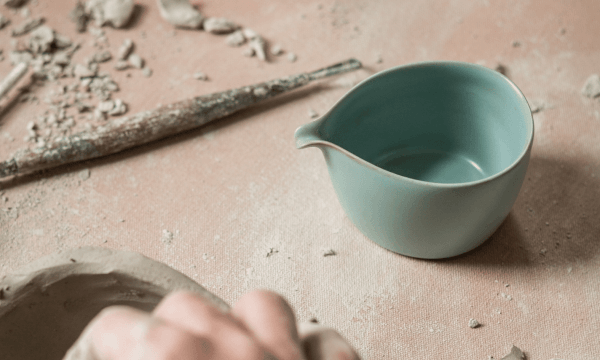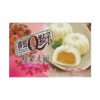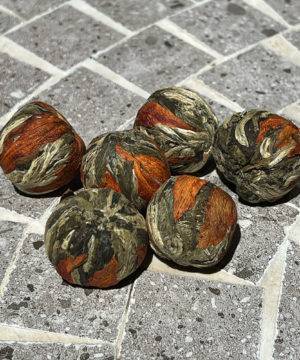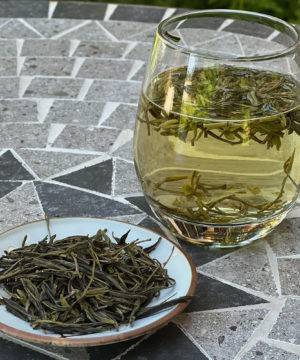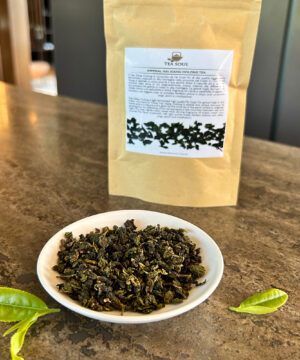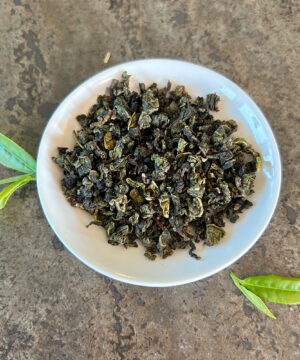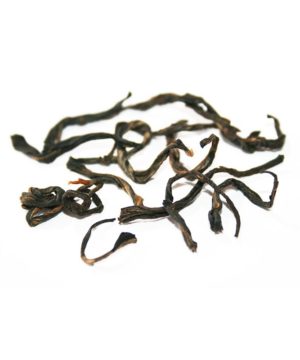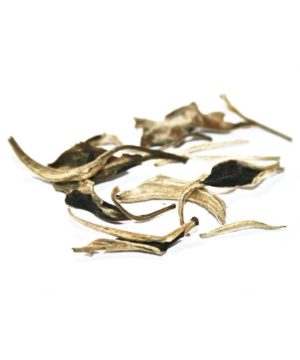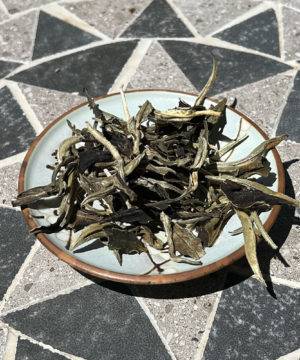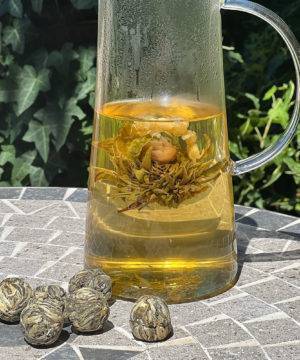-
×

 1 × 48.68€
1 × 48.68€
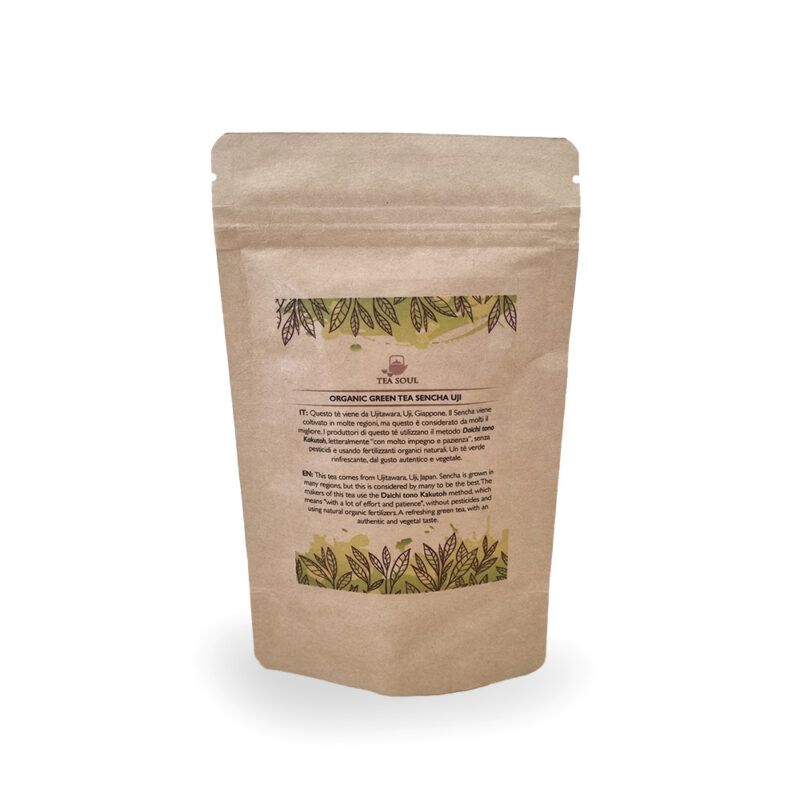

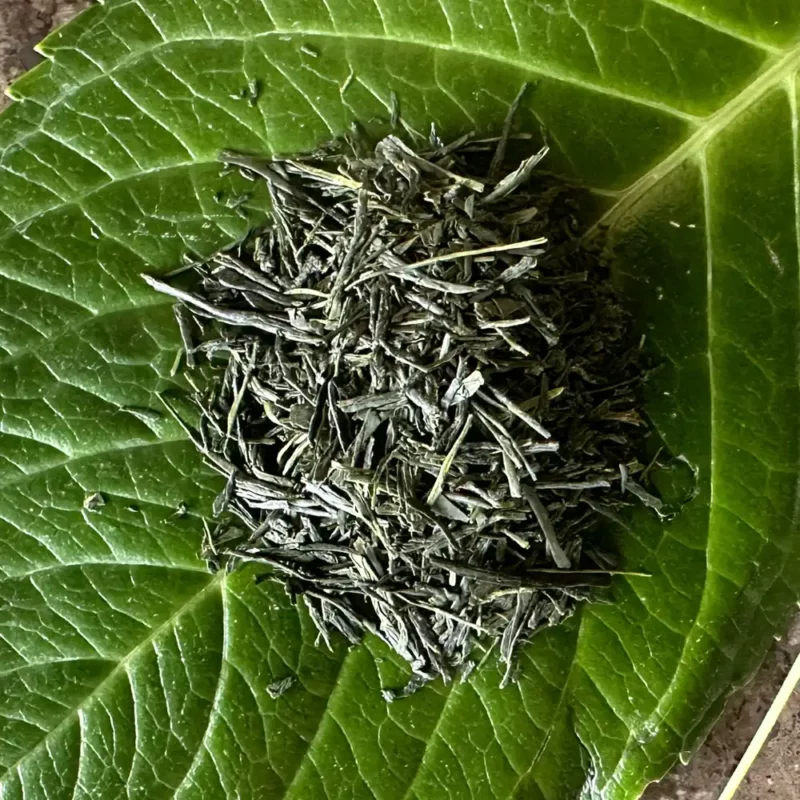

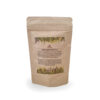

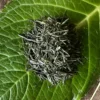

Kabusecha Organic Green Tea 50 gr
12.65€ Taxes included
The leaves of Kabusecha Organic Green Tea, originating from Koyu, Miyazaki, were shaded in the last few days before harvest, a factor that greatly enhances the umami note and smoothness you will find in the cup. Coming from Asatsuyu cultivars, this tea is therefore very refined, very sweet and well balanced.
In stock
Purchase & earn 12 points!
SKU: B1020111
Categories: Cold Brews, Tea, Green tea, Organic tea, TrovaPrezzi
DON'T MISS DISCOUNTS AND NEWS!
Subscribe to our WhatsApp channel and receive all updates quickly and conveniently!
Subscribe to our WhatsApp channel and receive all updates quickly and conveniently!
The leaves of Kabusecha Organic Green Tea originated from Koyu, Miyazaki, and were machine-picked in early spring. Hailing from the Asatsuyu cultivar, this tea is very refined and well balanced. Well perceived in its extreme sweetness and smoothness is the value of the shading to which it was subjected in the last days before harvest, a factor that greatly enhances its umami note: its name, in fact, is composed of the words “kabuse,” meaning shade, and “cha,” meaning tea. Shading leads the plant to develop much more chlorophyll and many more amino acids than it would growing entirely in the sun, resulting in a sweet and umami taste and ripening leaves that are a deep, bright green.
Tasting – Sight and smell
Kabusecha organic green tea has very thin, small needle-shaped leaves with fine workmanship. The color is an alternation of emerald green and bright dark green with a glossy surface. Once infused, they immediately leave a sweet and buttery umami on the nose with sweet vegetal notes of spring green leafy first fruits. The liquor is yellow-green, very clear and bright, rather transparent despite being a Japanese tea.
Tasting Notes
CLASSIC TEAPOT OR KYUSU
Kabusecha organic green tea opens with a truly remarkable umami, buttery, with sweet and savory in perfect balance. This is followed by vegetal notes reminiscent of pan-seared spinach, asparagus tips and baked carrots, and then a marine hint that hints at the flavor of the noblest shellfish such as lobster, langoustine and spider crab. The finish is almost floral, with a hint of chamomile and a soft feel on the palate. The persistence is long and umami, the body incredibly silky.
Place of origin
Koyu, Miyazaki, Japan
Brewing method
Place 5 grams of Organic Kabusecha green tea leaves (about three teaspoons) in a Japanese Kyusu-type teapot or, in its absence in a teapot possibly with a wide, flat bottom. Pour 250 ml water at a temperature of 70°C over the leaves, and after a minute and a half you can start pouring the infusion into cups. To make the most of the leaves and continue the taste experience with this tea we also recommend making three more infusions of the same leaves with the same quantity and temperature parameters but lengthening the infusion time by 5-10 seconds. The tea can be filtered for ease when tasting and also the infusion times given here above are meant to be purely indicative so one can also adjust according to one’s personal taste. Since we are talking about a Japanese green tea we remind you that it is also possible to make a delicious infusion in cold water before proceeding with hot water. For the latter we recommend, with the same grams of leaves per amount of water an infusion time of about 10 minutes. We recommend storing in a cool, dry place away from direct sunlight.
| Weight | 0.055 g |
|---|---|
| Dimensions | 0.000000 × 0.000000 × 0.000000 cm |
| PACKAGE | 250 g, 50 g |
| Detail - Temperature | 60°C |
| Detail - Brewing | refreshing |
| Feature - Caffeine | High Caffeine |
| Preparation - Teapot | 4g-100ml / 40-50-60 sec / 3 brewings |
| Feature - Oxidation | No oxidation |
| Other - Origin | Japan |
| Other - Taste | Vegetal |
| Other - Instants | Drink |
| Season | |
| Tasting notes |
Still no Reviews for this Product
Related products
9.20€ Taxes included
Earn up to 81 points.
This product has multiple variants. The options may be chosen on the product page
10.40€ Taxes included
Earn up to 69 points.
This product has multiple variants. The options may be chosen on the product page
9.20€ Taxes included
Earn up to 63 points.
This product has multiple variants. The options may be chosen on the product page
6.90€ Taxes included
Earn up to 25 points.
This product has multiple variants. The options may be chosen on the product page
REGIONS
9.20€ Taxes included
Earn up to 41 points.
This product has multiple variants. The options may be chosen on the product page
REGIONS
12.80€ Taxes included
Earn up to 110 points.
This product has multiple variants. The options may be chosen on the product page
11.50€ Taxes included
Earn up to 65 points.
This product has multiple variants. The options may be chosen on the product page
Fujian China
9.20€ Taxes included
Earn up to 81 points.
This product has multiple variants. The options may be chosen on the product page





